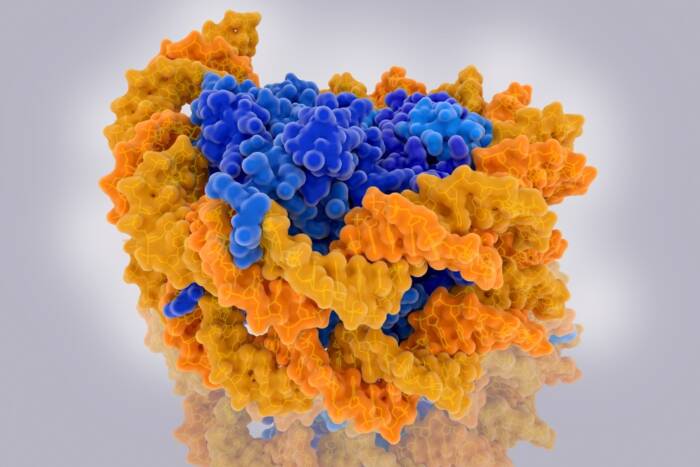William J. Lane
 B.E., Hofstra University
B.E., Hofstra University
The Molecular Evolution of Multisubunit RNA Polymerases
presented by Tom W. Muir (on behalf of Seth A. Darst)
Bill Lane has a very rare combination of talents — he is a card-carrying wet-lab biochemist and x-ray crystallographer. In addition, Bill is an exceptionally gifted computer scientist/bioinformatition. During his initial years in the lab, Bill undertook a structural analysis of how bacterial RNA polymerase controls “alternative” gene expression. This involves the expression of genes that are not normally required for survival of the cell under default conditions but are required under specialized circumstances, an example being expression of genes that are essential for bacterial pathogens to survive in the host organism during an infection. Bill’s laboratory work and deep analysis of his structural results led to insights that apply to a large fraction of all alternative bacterial gene expression and led to an important paper that was published in PLoS Biology.
Around this time, Bill and I had become aware of the fascinating work of Rama Ranganathan at the University of Texas Southwestern Medical Center. Rama has been developing sophisticated sequence analysis methods that are being used to uncover relationships within protein sequences that are not self-evident from static views of a crystal structure. This, combined with experimental validation by mutagenesis, was uncovering unexpected allosteric networks within small protein domains. What could such an analysis reveal about the structure and function of a large macromolecular machine like the RNA polymerase, an assembly comprising dozens of such domains?
Bill took it on without hesitation, despite my warnings that it might not even be possible, or that the results might be so complicated that we may never understand them. Bill completed a series of analyses that are so rich in insights that we are still grappling with the reparation of a number of manuscripts that will be born from this work. I firmly believe this work will ultimately be recognized as classic in understanding the structure-function relationship of RNA polymerase specifically and in a macromolecular machine in general.
Bill is now greatly missed in the lab, mostly for raising the intellectual bar of scientific discussions, for his countless contributions to keeping all of our computers running smoothly and for his high-volume contributions to political discussions (with the volume being a strong function of the number of beers). I myself miss Bill greatly; I’m extremely grateful and consider myself very lucky that he joined my group and I wish him the best in his medical studies.


